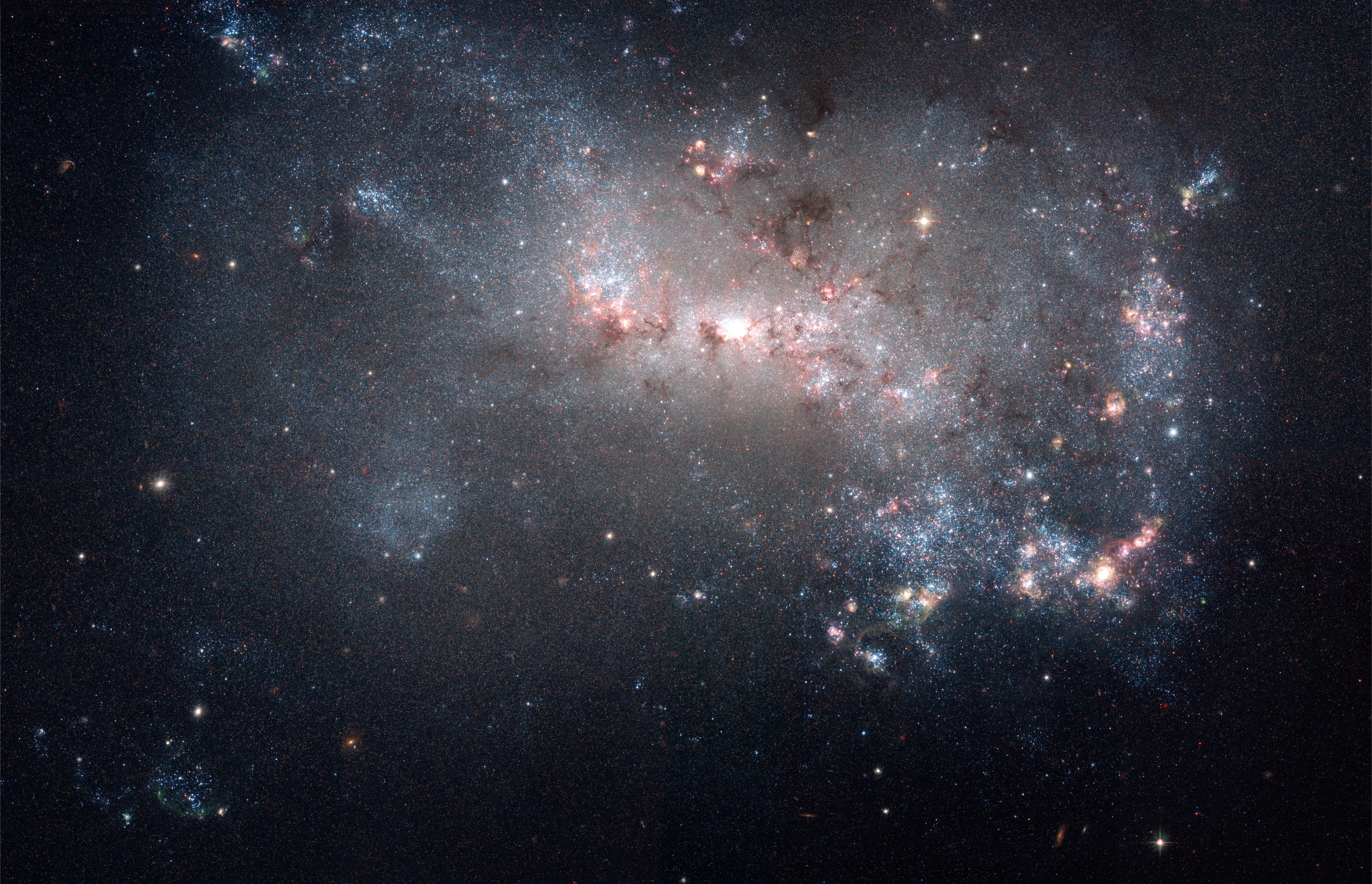One of the constant threats to humanity’s survival is the looming presence of Solar System bodies which are sometimes too fast or too small to be spotted with regular scanning activities. Of particular concern are the threat of asteroid impacts—and our planet is no stranger to those.
Perhaps the most famous one is the asteroid impact some 65 million years ago, which caused the fifth mass extinction event on our planet. The event also ended the famed Age of the Dinosaurs, setting the stage for mammals to take over all major ecosystems. Despite the mammalian opportunity presented by the impact, the asteroid impact itself took 75% of all then-extant animal and plant species on Earth. Any similar asteroid impact today will surely pose a threat to our species’ long-time survival.
And, while there aren’t many asteroids the size of the dinosaur-era-ending one, there are exponentially more asteroids out there that are smaller—however, these asteroids pose all the same risk despite the difference in impactor size. For example, the asteroid responsible for the Chelyabinsk event over Russia back in 2013 was barely bigger than an average house; despite this, the asteroid generated an explosion with the energy of 440,000 tons of TNT. Anything larger than that can easily disable an entire city or region—and there are a lot out there. For example, an exploding asteroid is suspected to be the culprit behind the destruction of the ancient city of Tall el-Hammam some 3,600 years ago.

While there are other efforts out there that detect and monitor these external threats, actually stopping one that’s beelining straight for Earth is an entirely different task. These Solar System bodies are often not solid bodies; they are actually fragmentary pieces of remnants from the formation of our planetary system. These bodies are just “clumped” together from their collective gravitational attraction. Thus, “pushing” these impactors out of their Earthward trajectories prove to be a difficult task.
Luckily for us, a team of scientists are up to the task to try and stop them before they come knocking at our doorstep. Termed the Double Asteroid Redirection Test (DART), this program is a brainchild of NASA, and has been directed to the Johns Hopkins Applied Physics Laboratory (APL).
DART is a mission set to test the limits of the asteroid defense plan known as the kinetic impactor technique. In it, the scientists hope to launch an impactor straight into an incoming asteroid to try and deflect it away from hitting Earth. And on November 23 this year, SpaceX is set to launch a test of DART’s plan to try and adjust the trajectories of a system of binary asteroids (hence the Double Asteroid in DART’s name) called Didymos and Dimorphos. Didymos is a 780-m (2,600-ft) asteroid, while Dimorphos is a 160-m 525-ft) “moonlet” revolving around Didymos.
The mission actually hopes to impact Dimorphos, the energy of which is expected to affect the trajectory of the binary asteroid. While the binary asteroid system is not a potential hazard for impacts, the scientists hope to examine the effects brought about by the impact, in the hopes that future developments can help preserve our species in the off-chance that one comes our way.
The DART spacecraft is set to hit Didymos around September of 2022, after traveling some 11 million km (7 million mi). The craft is set to crash into the moonlet at a speed of 24,000 km/h (15/000 mi/h), which will destroy the craft upon impact. NASA will analyze the effects the crash will have on the Didymos-Dimorphos system’s trajectory.
This mission is set to augment NASA’s other effort in identifying all potential threats near Earth. The organization already actively studies and identifies small bodies traveling some 1.3 astronomical units (AU) around Earth (roughly the distance from the Earth to the Sun). As of now, research has identified some 8,000 asteroids that are more than 140 m (460 ft) in diameter; luckily for us, none are expected to hit Earth for the next 100 years.
(For more news on asteroids, check out our piece on how an early Solar System was bombarded by them—including our own Moon.)
References
- Mosher, D., Ludacer, R., & Reilly, D. (2018, June 30). How large asteroids must be to destroy a city, state, country, or the planet. Business Insider. https://www.businessinsider.com/asteroid-sizes-that-can-damage-cities-states-planet-2018-6
- Specktor, B. (2021, October 7). NASA spacecraft will crash into an asteroid at 15,000 mph. Will it make a dent? Livescience.Com. https://www.livescience.com/nasa-dart-asteroid-mission-launch-date
- Talbert, T. (2018, February 15). Five years after the chelyabinsk meteor: Nasa leads planetary defense [Text]. NASA. http://www.nasa.gov/feature/five-years-after-the-chelyabinsk-meteor-nasa-leads-efforts-in-planetary-defense
- Talbert, T. (2021, June 5). Double asteroid redirection test (Dart) mission [Text]. NASA. http://www.nasa.gov/planetarydefense/dart
- TWC India Edit Team. (2021, October 8). NASA and SpaceX to launch dart mission to displace potentially hazardous asteroid and its moonlet. The Weather Channel. https://weather.com/en-IN/india/space/news/2021-10-08-dart-mission-to-displace-potentially-hazardous-asteroid-and-its-moonlet











